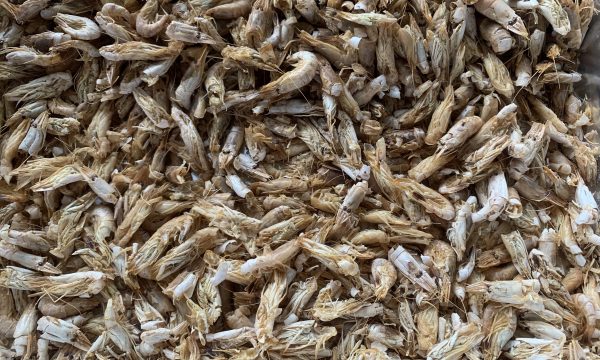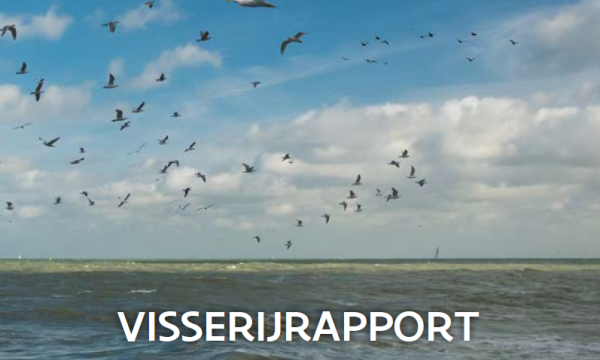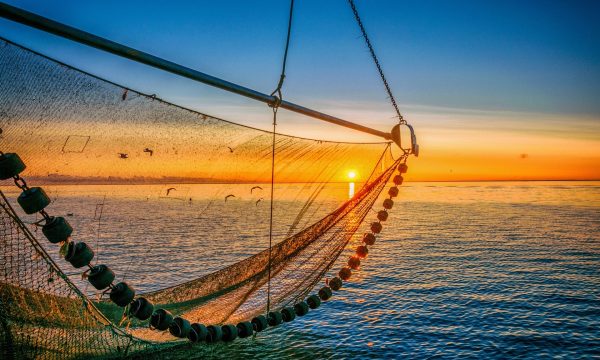Press release A regional study on tropical shrimp fisheries shows that in-depth biological knowledge can lead to targeted sustainability
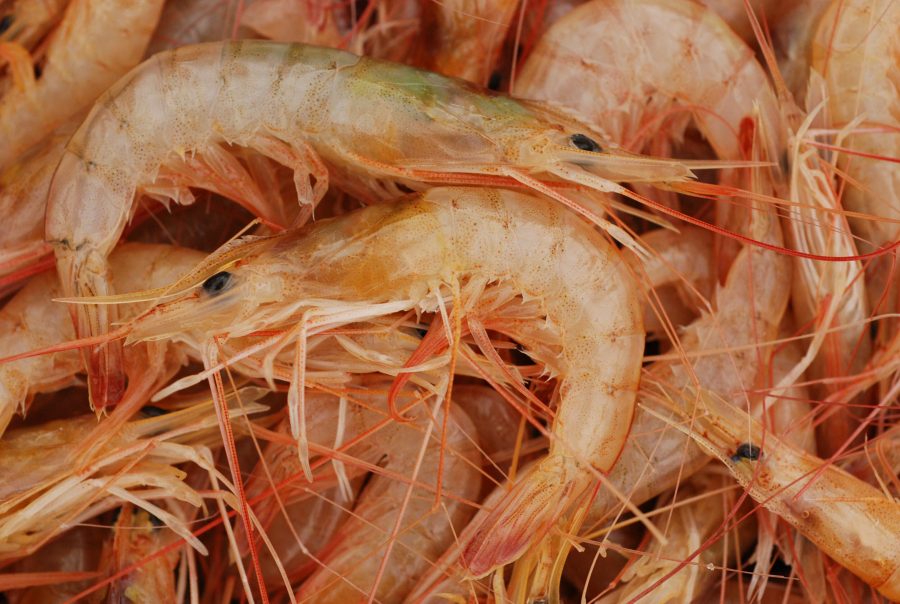
Extensive sustainability in the fishery requires in-depth knowledge of target species as well as protection of coastal ecosystems, which is again confirmed by a Flemish-Surinamese study on shrimp fishery in Guyana and Suriname. This fishery already has MSC certification but is taking further steps towards making the seabob fishery more sustainable. This is a shrimp species that is available to us via Dutch supermarket chains, for example in prepared seafood dishes.
Simplification of seabob management
The genetic-ecological study shows that the population of seabob shrimp - Xiphopenaeus kroyeri - in Suriname is the same as that of neighbouring countries, Guyana and French Guiana, whereas these were previously considered separate populations. It is therefore possible to simplify this situation by means of a joint stock survey and management. In addition, the importance of mangroves and mud banks as nurseries in Suriname was demonstrated for various shrimp species, including the seabob and shrimp of the genus Penaeus, which also includes scampi. The protection of coastal ecosystems is therefore a must for a sustainable management of these shrimp species.
An MSC-label for the seabob fishery
Annelies De Backer (co-promotor at ILVO): "The seabob fishery was the first tropical shrimp fishery with an MSC label, with certification in 2011. By comparison, the North Sea shrimp fishery by Dutch, Danish and German vessels was awarded a label in 2017. The trajectories of both fisheries have different emphases, adapted to regional needs. For shrimp, for example, there is already a joint stock survey and a management plan at population level".
The seabob fishery was the first tropical shrimp fishery with an MSC label, with certification in 2011
An MSC label for the seabob fishery
The industrial fisheries in both Guyana and Suriname have already taken important steps towards sustainability: currently, in both countries, various management measures have already been implemented in the same way, such as the use of technical adaptations to the nets to avoid bycatch and to allow turtles to escape. These efforts have been rewarded with certification from the Marine Stewardship Council (MSC) ecolabel. However, such a label is not an end point: the label requires that important knowledge gaps must be addressed, and that an ecosystem approach to management must be pursued. This means that measures are not limited to the fishing activities themselves, but that the species, their food web and their habitats must also be managed sustainably. Because a great deal of knowledge was still lacking about the population structure, life cycle and ecology of the seabob shrimp Xiphopenaeus kroyeri, researcher Thomas Kerkhove started working with genetic techniques and with sampling mangroves and mud banks. His results show that the seabob population in Suriname is the same as that of neighbouring countries, Guyana and French Guiana, whereas previously these were considered separate populations. In addition, the nursery function of mangroves and mud banks in Suriname was demonstrated for several shrimp species, including the seabob and shrimp of the genus Penaeus, which also includes scampi. The protection of coastal ecosystems is therefore a must for a sustainable management of these shrimp species.
Shrimp DNA
In order to unravel the genetic population structure of the seabob in Suriname, Guyana and French Guyana, Thomas Kerkhove developed a new set of markers using Next Generation Sequencing. The results of the analysis with these markers on shrimp from different locations showed that the three countries have one genetic population of the shrimp species, which differs from the population in Trinidad and Tobago, and in Colombia. This result is in fact inconsistent with current fisheries management, which is based on separate populations for Guyana, Surinam and French Guyana. In principle, therefore, management can be simplified, with a joint stock survey and parallel measures. In the long run, such more efficient management could lead to better catches and thus better incomes for fishermen. In the short term, however, there can be no joint management because seabob shrimp fishing is currently prohibited in French Guyana, and therefore no data are available for a joint management. Until that data is available, management remains as is. What can already be worked on is coordinating management measures, such as the establishment of a fishery closure in August-October to protect the juvenile shrimp and give them a chance to grow. Such a closure already exists in Guyana, but would be best taken over by Suriname for an optimal effect on the population.
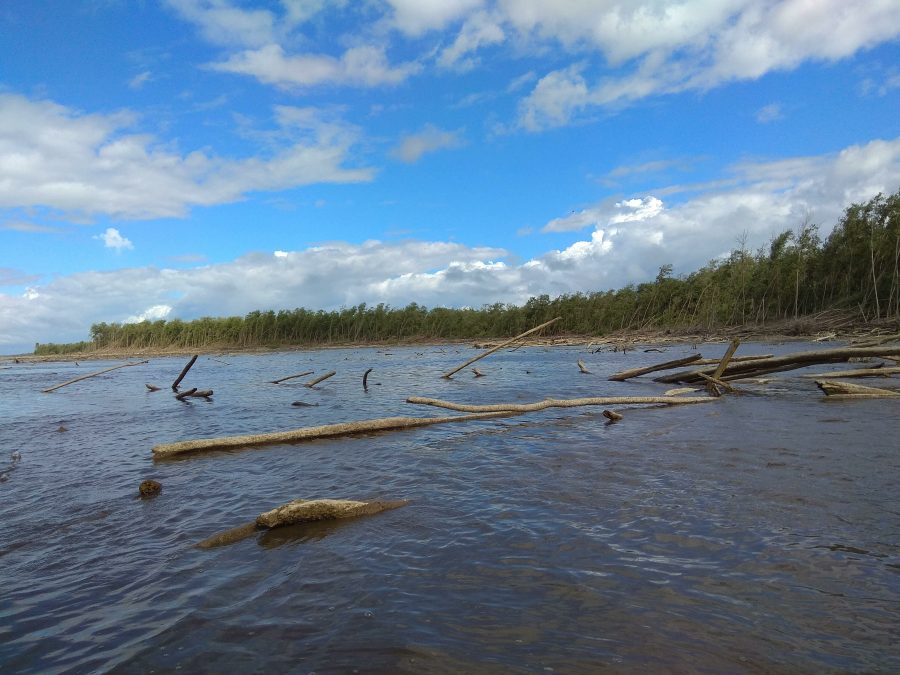
Mangroves and mud banks are shrimp nurseries
The survival of populations depends on successful reproduction and on the quality of the nurseries - the places where the larvae and juveniles grow up. In tropical shrimp, these are often mud banks and mangroves, which were studied for an entire year. A comparison was made between an untouched location and a location disrupted by human activities. The study showed that July-August is a peak period for reproduction, so there are a lot of young shrimp in the period August-October. Young seabob shrimp prefer to live on mud banks and are not affected by disturbance, probably because disturbance has only a limited effect on the physical characteristics of the banks. Their food supply is varied, but differs in the rainy and dry seasons. Penaeus shrimp, on the other hand, are abundant in mangrove lagunes, but are less able to cope with disturbance and are therefore more vulnerable. Researcher Thomas Kerkhove: "In order to continue fishing tropical shrimp, we must keep their nurseries intact. In Suriname this is best done by protecting the mangrove forests and avoiding building dikes. These destroy the natural process of coastal growth, erosion and mangrove colonization, with consequences for the entire coastal ecosystem. Since estuaries and coastal ecosystems provide many other ecosystem services in addition to supporting fisheries, their protection is in many ways a win-win situation for all parties concerned".
